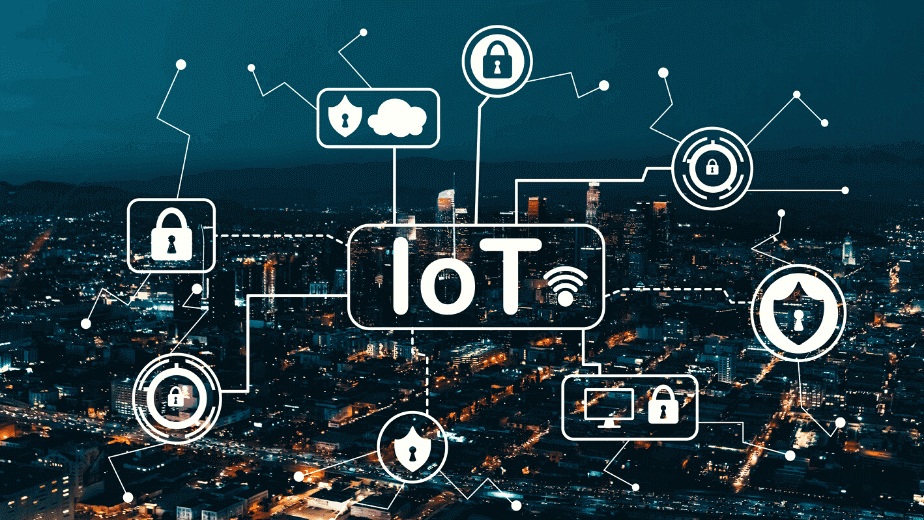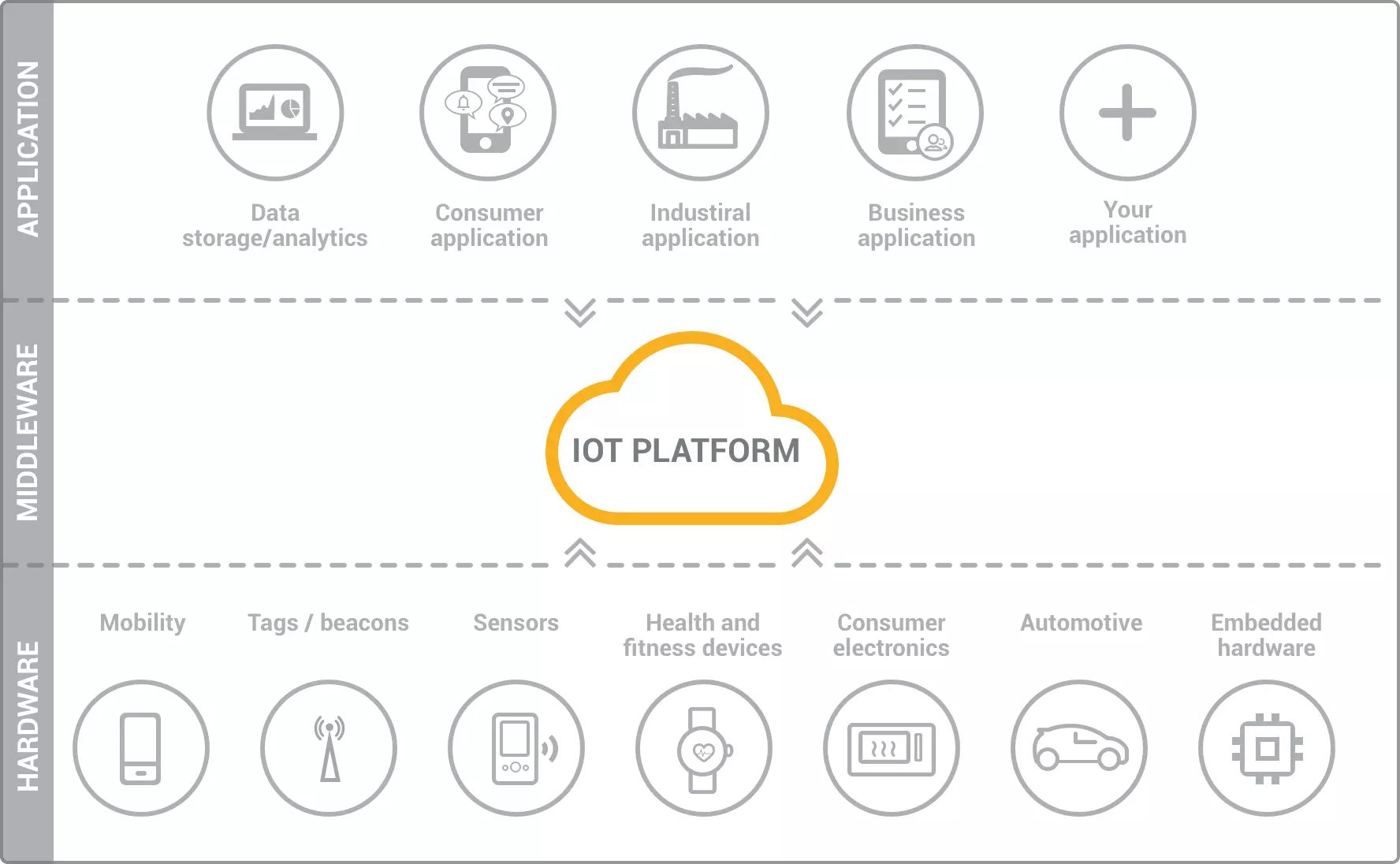In today's digital age, the concept of IoT remote control software free has become a game-changer in managing smart homes and devices. With the growing demand for interconnected technology, people are looking for cost-effective solutions to control their devices remotely. This guide will walk you through everything you need to know about free IoT remote control software, including its benefits, top choices, and implementation tips.
Imagine being able to adjust your home's lighting, temperature, and security systems from anywhere in the world. This level of convenience is now possible thanks to IoT remote control software. Whether you're a tech enthusiast or someone looking to streamline daily tasks, understanding the capabilities of these tools can enhance your lifestyle significantly.
As we delve deeper into the world of IoT remote control software, we'll explore how these platforms work, the best options available, and why they matter in today's interconnected world. By the end of this guide, you'll have a comprehensive understanding of how to harness the power of IoT technology without breaking the bank.
Read also:Caitlin Clark Moving To Europe A New Chapter For The Star Player
Understanding IoT Remote Control Software
What is IoT Remote Control Software?
IoT remote control software refers to applications and platforms that allow users to manage and interact with Internet of Things (IoT) devices from a distance. These tools leverage cloud-based infrastructure and wireless communication protocols to enable seamless control over smart devices, such as thermostats, security cameras, lighting systems, and more.
With IoT remote control software free, users can access these functionalities without the need for expensive subscriptions or proprietary hardware. This democratizes access to smart home technology, making it more accessible to a wider audience.
How Does IoT Remote Control Software Work?
At its core, IoT remote control software operates by establishing a connection between the user's device (such as a smartphone or tablet) and the IoT devices in their network. This connection is facilitated through various communication protocols, including Wi-Fi, Bluetooth, and Zigbee.
Once connected, users can issue commands, monitor device statuses, and receive real-time updates. Most platforms also offer additional features, such as scheduling, automation, and integration with third-party services, enhancing the overall user experience.
Benefits of Using IoT Remote Control Software
Adopting IoT remote control software brings numerous advantages to both individuals and businesses. Below are some of the key benefits:
- Cost-Effective: Free IoT remote control software eliminates the need for expensive subscription plans, making it an attractive option for budget-conscious users.
- Convenience: Control your devices from anywhere in the world using a single application, streamlining your daily routines.
- Enhanced Security: Monitor and manage security systems remotely, ensuring the safety of your home or office at all times.
- Energy Efficiency: Optimize energy consumption by scheduling devices to turn on or off based on your preferences.
- Scalability: Easily add or remove devices from your network as needed, without the hassle of complex configurations.
Top Free IoT Remote Control Software Options
1. Home Assistant
Home Assistant is one of the most popular open-source IoT remote control software platforms available today. It supports a wide range of devices and integrates seamlessly with popular services like Google Assistant and Amazon Alexa.
Read also:Ana Kasparian A Rising Star In Sports Journalism And Beyond
Key features include:
- Customizable dashboards
- Automation capabilities
- Extensive plugin ecosystem
2. OpenHAB
OpenHAB is another open-source platform that focuses on interoperability and flexibility. It supports over 200 binding protocols, ensuring compatibility with a vast array of devices and systems.
Key features include:
- Platform-independent architecture
- Rule-based automation
- Multi-language support
3. Node-RED
Node-RED is a flow-based programming tool designed for wiring together hardware devices, APIs, and online services. It's particularly well-suited for IoT applications, offering a user-friendly interface and extensive community support.
Key features include:
- Drag-and-drop interface
- Rich library of nodes
- Event-driven architecture
Choosing the Right IoT Remote Control Software
Selecting the best IoT remote control software for your needs requires careful consideration of several factors. Below are some key aspects to evaluate:
- Compatibility: Ensure the software supports the devices and protocols you intend to use.
- User Interface: Opt for platforms with intuitive and user-friendly interfaces to simplify the setup process.
- Security Features: Prioritize software that offers robust encryption and authentication mechanisms to protect your data.
- Community Support: Platforms with active user communities often provide better support and faster updates.
Implementing IoT Remote Control Software
Step-by-Step Guide
Implementing IoT remote control software involves several key steps:
- Identify Your Needs: Determine which devices and functionalities you want to control remotely.
- Select a Platform: Choose a software solution that aligns with your requirements and budget.
- Set Up the Network: Configure your Wi-Fi network and ensure all devices are properly connected.
- Install the Software: Follow the installation instructions provided by the platform.
- Configure Devices: Add your devices to the software and set up any necessary rules or automations.
Security Considerations for IoT Remote Control Software
While IoT remote control software offers numerous benefits, it's essential to prioritize security to protect your devices and data. Below are some best practices:
- Use Strong Passwords: Implement complex passwords and enable two-factor authentication whenever possible.
- Keep Software Updated: Regularly update your software to ensure you have the latest security patches.
- Monitor Activity: Keep an eye on device activity and investigate any suspicious behavior promptly.
Future Trends in IoT Remote Control Software
The landscape of IoT remote control software is continually evolving, driven by advancements in technology and increasing user demands. Some emerging trends include:
- Artificial Intelligence Integration: AI-powered platforms that learn user preferences and optimize device performance automatically.
- Edge Computing: Shifting processing power closer to the devices themselves to reduce latency and improve efficiency.
- Interoperability Standards: Efforts to establish universal standards for device communication and compatibility.
Expert Insights and Recommendations
According to a report by Statista, the global IoT market is expected to reach $1.5 trillion by 2030. This growth underscores the importance of adopting IoT remote control software to stay competitive and enhance everyday life.
Experts recommend starting with open-source platforms like Home Assistant or OpenHAB, as they offer flexibility and extensive community support. Additionally, prioritizing security and scalability from the outset can save time and resources in the long run.
Conclusion
In conclusion, IoT remote control software free represents a powerful tool for managing smart devices and enhancing your living or working environment. By understanding the benefits, selecting the right platform, and implementing best practices, you can unlock the full potential of IoT technology.
We encourage you to explore the options discussed in this guide and share your experiences in the comments section below. Don't forget to check out our other articles for more insights into the world of IoT and smart home technology. Together, let's build a smarter, more connected future!
Table of Contents
- Understanding IoT Remote Control Software
- What is IoT Remote Control Software?
- How Does IoT Remote Control Software Work?
- Benefits of Using IoT Remote Control Software
- Top Free IoT Remote Control Software Options
- Home Assistant
- OpenHAB
- Node-RED
- Choosing the Right IoT Remote Control Software
- Implementing IoT Remote Control Software
- Security Considerations for IoT Remote Control Software
- Future Trends in IoT Remote Control Software
- Expert Insights and Recommendations
- Conclusion


